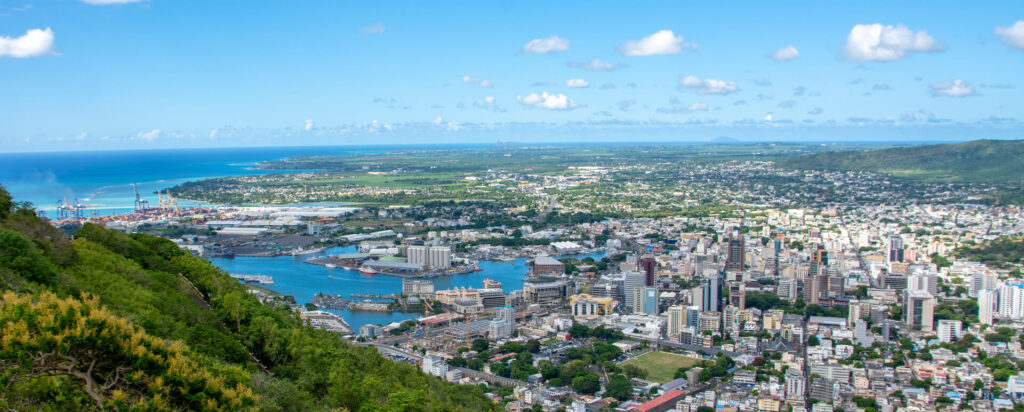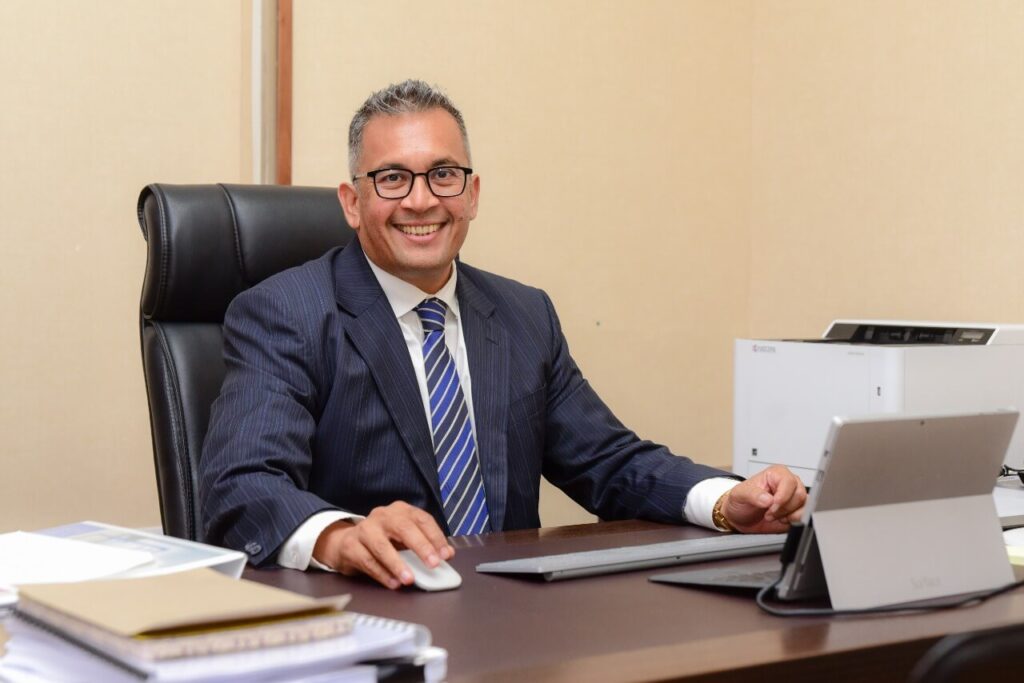Sanjeev Ghurburrun | Chairman, Mauritius Ports Authority
From the Mauritius Marine Authority to the Mauritius Ports Authority, from a public sector port to a landlord port, the Mauritius Port Authority has over the past 30 years made considerable strides of commercial and strategic progress. It is now, again, at the crossroads and ready for its next major re-engineering challenge since the Ports Act in 1996! It’s resilience during COVID 19 has been exemplary, but as with all businesses, preparing now for a post pandemic future is the key for sustained success and really stepping up to the global marketplace.
Sanjeev Ghurburrun, you have just been appointed as Chairman of the Mauritius Port Authority on the 1st of June 2021, just about a month ago, what are your first impressions of the MPA?
I have received an exceptional welcome and initiated a very interesting round of discussions at various levels. This has allowed me to meet many helpful and warm people. We obviously agreed on certain things and disagreed on others. What’s important is that everyone is being truly professional. This augurs well for the future.
I had a cordial handing over meeting with my predecessor, Ramalingum Maistry who shared with me his views on ongoing projects and forthcoming events. Over the last 5 years, based on the Port Masterplan created by international professionals, the MPA focused on and is continuing its focus on 4 main pillars to be its steppingstones for the future:
- Container Transshipment
- Bunkering
- A Cruise Terminal
- A fishing port for Blue Economy Development
Additionally, there is an expected one stop gateway envisaged to reduce the administrative burden of 50+ permits and documents by putting up a single platform for the administration of paperwork for those doing business in the port area.
The MPA, according to me, has had the same difficulties which are associated to any regulator which is asked to manage a business as well as regulate the business. We can take the example of the beginnings of the financial services industry in Mauritius – the regulator had the same issues. The point is: if there are laws which empower regulators, expect the same law to limit the commercial flexibility of the business side of those entities. The port is no exception.
On a cultural level, the first thing to strike me were the appellations. Director General, DDG, and Managers. I was used to CEOs, COOs, CFOs etc. over my career and this is quite a spin. The more time I spend there, the more I realise that, as Chairperson, my biggest contribution would possibly be to foster cultural change from regulatory to entrepreneurship and from hierarchy to the flat leadership! Tall order perhaps, but definitely worth the effort.
Are you suggesting that Port Services should be privatized?
Not quite. The main objective of a private sector enterprise is to maximise profits and bring the best return on capital employed. A modern Port needs to look as much at the economic contribution it brings to the country as it does to making its own profit. That obviously does not mean that losing money is acceptable! Far from it. I am not in favour of sustaining loss-making initiatives or enterprises nor inefficiencies. We find solutions, or, close down and start again. No ego. Simply longer term success.
And what about the Cargo Handling Corporation Ltd (CHCL)? It is generally considered that the CHCL is inefficient due to employee unions and lax worth ethics. Would you dare to have a view on this?
It’s easy to point the finger and criticize, but I have met very few who have come up with viable solutions and suggestions on port reform so far. Let me take this opportunity to invite the private sector to join me in creating and sharing ideas for innovation for the port and all its services. And by innovation, I do not mean simply coming up with suggestions for MPA or CHCL to reduce tariffs, but real focused change and innovative approaches to real life issues.
As for the CHCL, my counterparts there and myself meet regularly to review what we can do together for the future, and how to embrace efficiency in a more ‘gestalt’ way. Hold this thought and ask me again soon.
As I mentioned earlier, perhaps one of the surprising points about the MPA is that it does not have any marketing department, and this despite being responsible for commercially exploiting harbour and port land concessions and promoting business in the port. I believe that the heart of an enterprise is marketing and innovation. So change in this segment is critical.
How far do you consider it possible to success in deep cultural change you mention above, if you are there only for 2 years? Is it at all possible to achieve such change in such short time?
Good point. It’s not. But let’s break this down to bite size logic.
The Prime Minister has shared with me his vision for a modern and efficient port. A formidable vision indeed. I am honoured to have been given the opportunity to lead this challenge to which I totally adhere.
Two years is a very short time, so here is how I propose to lead this. From my Harvard days, I recall their 90-day program for any new project. In short, over the next 90 days, I need to figure out, where the port has reached in its development, markets, people, cultural and political development, what we want as achievable SMART outcomes based on the Prime Minister’s overall vision and chart a way there. Allow me to share part of this with you when it’s done.




1 Comment
Keep the good work